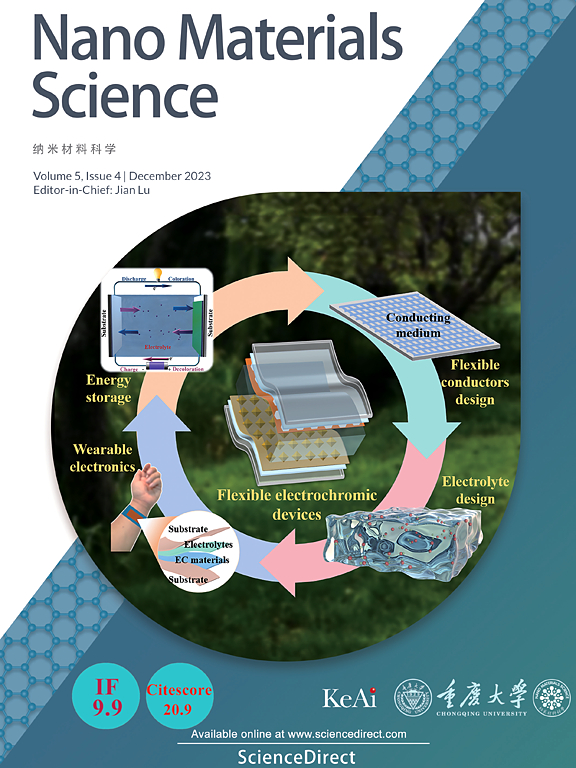Recent advances of graphitic carbon nitride (g-C3N4) based materials for photocatalytic applications: A review
IF 17.9
2区 材料科学
Q1 Engineering
引用次数: 0
Abstract
Photocatalytic solar energy conversion has drawn increasing attention, which holds great potential to deal with the energy crisis and environmental issues. As a typical semiconductor photocatalyst, graphite nitrogen carbon (g-C3N4) has been widely utilized owing to its nontoxicity and easy preparation properties. However, pristine g-C3N4 also faces the limitations of unsatisfactory light absorption, few active sites, and a rapid combination of photo-induced charge. To further optimize the photochemical catalytic performance of g-C3N4, tremendous efforts were devoted to modifying g-C3N4, including morphological regulation, element doping, and heterogeneous engineering. Some considerable progress has been achieved in g-C3N4-based photocatalytic hydrogen generation (PHE) from water splitting, photocatalytic carbon dioxide reduction (PCR), photocatalytic nitrogen reduction (PNR), photocatalytic removal of pollutants, and photocatalytic bacteria elimination. However, a frontier and comprehensive summary of g-C3N4-based photocatalysis is rarely reported. Herein, we provide an all-inclusive and updated investigation of the recent advances in modification methods of g-C3N4 and photocatalytic reactions based on g-C3N4 in the past five years. This conclusive remark may provide a new physical insight into the development of g-C3N4-based solar energy conversion.
基于石墨氮化碳(g-C3N4)的光催化应用材料的最新进展:综述
光催化太阳能转化技术在解决能源危机和环境问题方面具有巨大的潜力,已受到越来越多的关注。石墨氮碳(g-C3N4)作为一种典型的半导体光催化剂,因其无毒、制备方便等特点得到了广泛的应用。然而,原始的g-C3N4也面临着光吸收不理想、活性位点少、光致电荷快速结合的限制。为了进一步优化g-C3N4的光化学催化性能,人们对g-C3N4进行了形态学调控、元素掺杂和异相工程等方面的修饰。在g- c3n4基水裂解光催化制氢(PHE)、光催化二氧化碳还原(PCR)、光催化氮还原(PNR)、光催化去除污染物和光催化细菌消除等方面取得了相当大的进展。然而,基于g- c3n4的光催化的前沿和全面的总结很少有报道。本文对近五年来g-C3N4改性方法和基于g-C3N4的光催化反应的最新进展进行了全面和全面的研究。这一结论可能为g- c3n4基太阳能转换的发展提供新的物理见解。
本文章由计算机程序翻译,如有差异,请以英文原文为准。
求助全文
约1分钟内获得全文
求助全文
来源期刊

Nano Materials Science
Engineering-Mechanics of Materials
CiteScore
20.90
自引率
3.00%
发文量
294
审稿时长
9 weeks
期刊介绍:
Nano Materials Science (NMS) is an international and interdisciplinary, open access, scholarly journal. NMS publishes peer-reviewed original articles and reviews on nanoscale material science and nanometer devices, with topics encompassing preparation and processing; high-throughput characterization; material performance evaluation and application of material characteristics such as the microstructure and properties of one-dimensional, two-dimensional, and three-dimensional nanostructured and nanofunctional materials; design, preparation, and processing techniques; and performance evaluation technology and nanometer device applications.
 求助内容:
求助内容: 应助结果提醒方式:
应助结果提醒方式:


